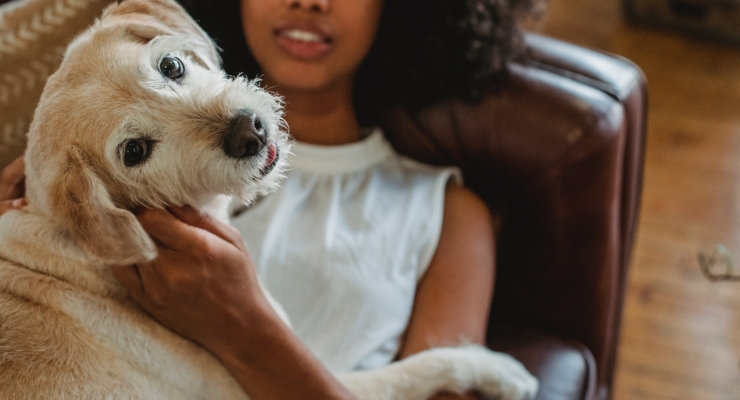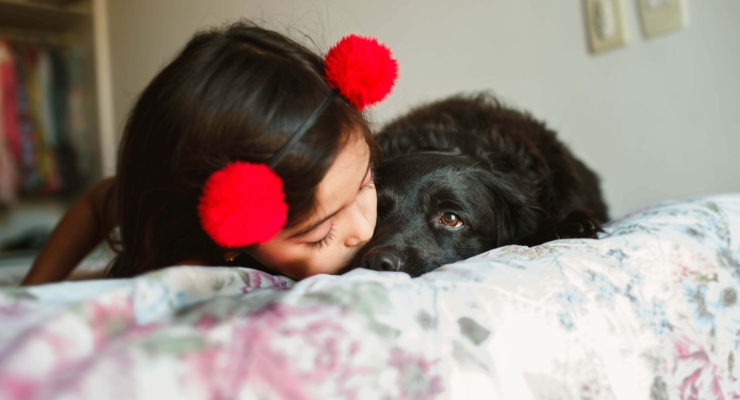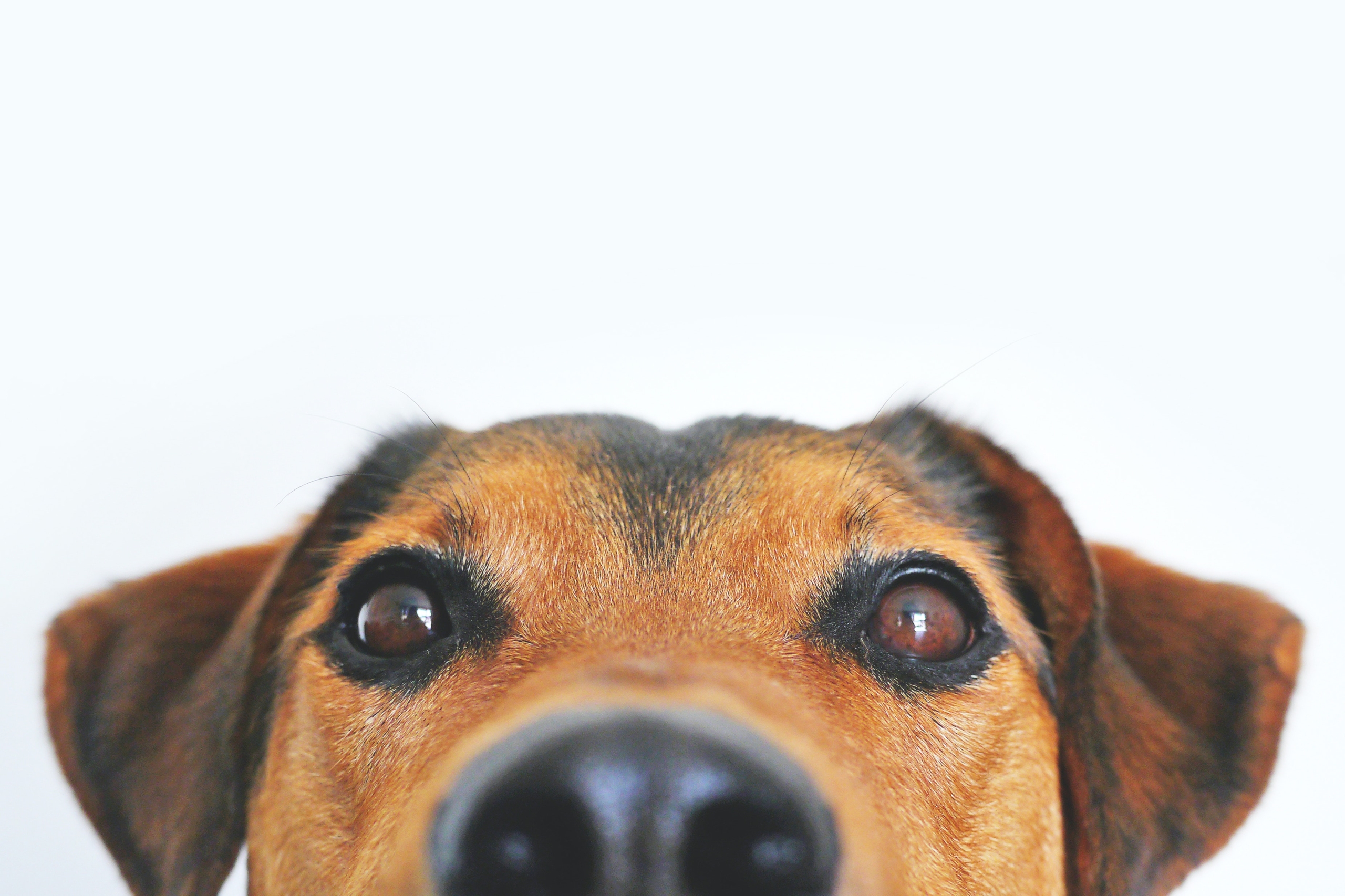If you’ve had ever had a female dog or known someone with one, you’ve probably heard of the term “they’re in heat”- which is usually used to justify a certain type of behaviour which one might find unfavourable.
Seeing that people have many burning questions on the topic, we decided to put them all in one place to clear them up for you, so without further ado, here is everything you need to know about your dog being in heat.
What does it mean when my dog is in heat?
When a dog goes into heat, it means that their body is ready to breed- which is when her mature eggs come down to her ovaries. This is also referred to as being in season, or etrus.
Can male dogs go into heat?
No, male dogs do not go into heat. The term refers solely to the estrous cycle of female dogs. However, after reaching about 6 months old, male dogs are capable of mating all year round.
When do dogs go into heat?
Dogs go into heat when they reach sexual maturity, the age of which may vary amongst the breeds. Smaller breeds may reach it within less than 6 months, and larger breeds after as long as 18 months or 2 years, however the average is between 6 and 15 months.
How often do dogs go into heat?

Dogs go into heat approximately every 6 months, which is essentially twice a year, and usually stay in heat for about 1 ½ to 2 weeks. Smaller breeds may have 3 cycles a year, and larger breeds may just have 1. These cycles aren’t always regular at first, and may take up to 2 years to become so, and may become irregular again once they are older.
Signs your dog is in heat
1. Swollen vulva
The vulva is the outer portion of your dog’s reproductive tract which is usually visible. When your dog is nearing heat, or is in heat, you make notice that the vulva begins to redden and swell.
This will usually go down as her heat cycle ends, but if your dog is spayed or has finished her heat cycle and the symptoms still remain, it is advisable to take her to your local veterinarian for a check up, as it may be a sign of other complications.
2. Bloody discharge
During their heat cycle, it is completely normal for dogs to experience bloody vaginal discharge. This type of bleeding may last from a week to 10 days, and the weight of the flow may vary among the dogs- meaning that some may go by unnoticeable, and others not so much.
However, excessive vaginal discharge after your dog’s cycle which appears white, watery, mucus like, bloody or contains pus could be symptoms of other underlying health issues such as pregnancy, traumatic injury, urinary tract stones etc.
3. Increased licking of genital area
While your dog does lick her vulva to self-groom, excessive licking could be a sign of her entering her cycle. Seeing that she will most likely experience an increase in discharge during this time, an extra grooming session is expected.
This being said, excessive licking could also be your dog’s way of trying to soothe any possible irritation or infection .
4. Frequent urination
When in heat, your dog will release pheromones to let her potential male partners in the area know that she is ready for breeding. This is done in several ways, one of which is urinating, perhaps in small amounts, wherever she goes.
5. Change in position of tail
Your dog will be led by instinct to let other males know that she is ready to breed. Thus, it is quite common for her to keep her tail more inclined towards the side as a sign of her willingness to accept male company.
6. Increase in acceptance of male company
As we’ve mentioned several times, it is in your dog’s nature to look for a male to mate with. You may notice that she tries to be outside more than usual, and perhaps tries to escape to meet the neighboring male next door, or that she turns her rear end towards the males she comes into contact with.
7. Behavioral changes
Some dogs may experience an influx of hormonal changes during their estrous that will ultimately spread through her endocrine system, resulting in variations in her energy levels, moods and more. Thus, your dog is most likely going to go through a wide array of emotions that she may not understand, leading her to get scared, agitated and maybe even aggressive.
Be it an increase in whining, an unexpected snap or a freshly ripped sofa cushion, you may find that these changes make you feel unfamiliar with your dog- which makes it easier for you to understand how confusing it must be for her.
What to do when your dog is in heat?

1. Keep her safe and indoors
Seeing that your dog will be looking for a mate and in turn attracting the males around her with her pheromones, it is best to keep her out of both harm and pregnancy’s way by keeping her safe and away from her male counterparts.
As males will do just about anything to find her, it would also be a good idea to walk around your property and assess whether its male-dog-who-can-sense-a-female-is-in-heat-proof.
2. Give her love and attention
As aforementioned, anxiety and confusion with the new changes being experienced by your dog is quite common. Seeing that you cannot explain it to her to soothe her nerves, all you can do is attempt to calm her down by spending time with her and being affectionate. This will make her feel good and distract her from the pain that she is going through.
3. Allow her to get some exercise
Seeing that hormonal changes could also lead to an increase in energy levels, it would be a good idea to give your dog a channel to release all that she’s pent up.
4. Create a safe space
Do your best to create a relaxing and calm environment that your dog can retreat to if she’s feeling particularly overwhelmed. This would ideally be a place away from any loud noise with a blanket, some food and water.
5. Consider sterilizing her
Seeing that most of these symptoms are a result of hormonal changes, sterilizing your dog would prevent her from going through them, as it would remove the risk of pregnancy. Check out our article to learn more about the benefits of sterilizing your dog.
Overall, your dog’s estrous cycle can be overwhelming at first, but will prove to be much easier to deal with once it becomes regular and you learn the ropes of handling her behavioral changes.
Have we answered all your questions? If we haven’t- reach out! We’d be more than happy to!


